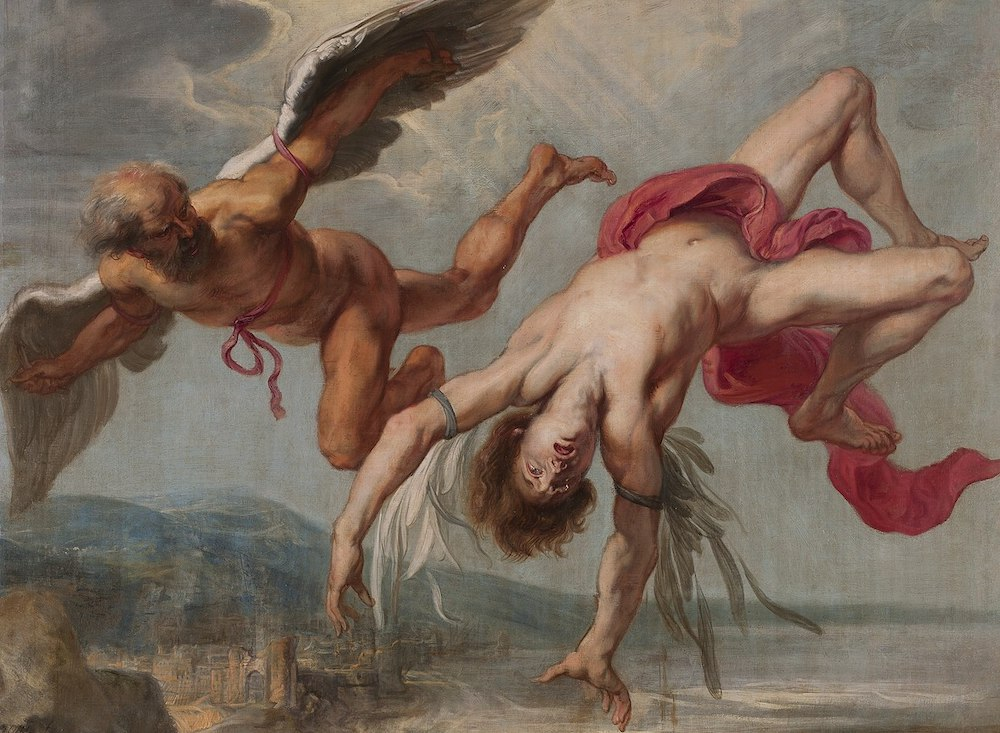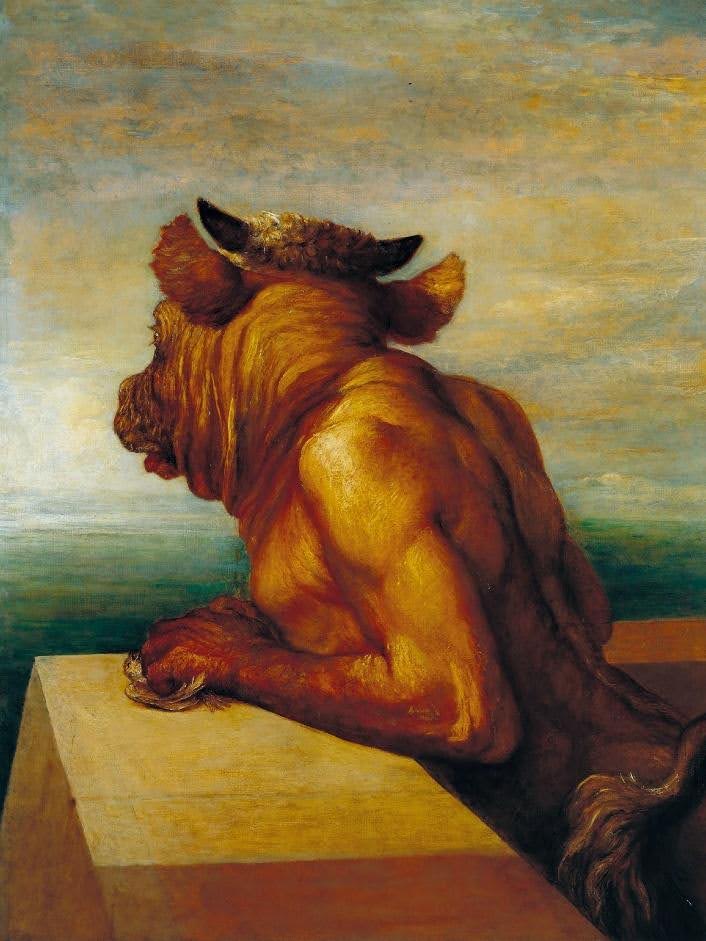Author: Andreas Markides
I have often wondered how and why certain myths continue to exert a hold on us, even thousands of years after they had first emerged.
For me, one of the most fascinating of myths has been that of the Minotaur, the half-man half-bull creature that lived in the labyrinth. Over the years I would on occasion stop to consider a number of questions about this particular myth. How could a human mind conceive such a monster? What exactly gave rise to the beast and what is its significance? What is the myth trying to tell us?
The word Minotaur is derived from two Greek words -Minos, the king of Crete at the time and taurus which means bull. Hence Minotaur literally means the bull of King Minos.
So, King Minos kept the Minotaur imprisoned in the labyrinth (a huge maze that nobody could escape from). One savage detail about the Minotaur is that he used to be fed with human captives who were regularly thrown into the labyrinth. The Minotaur was eventually killed by the young Athenian prince, Theseus, who had the help (inevitably) of King Minos’ daughter Ariadne; it was she who had advised Theseus to enter the labyrinth by unrolling a ball of wool so that he would then be able to find his way out.
It is almost bewildering that the story of the Minotaur has gone on to inspire so many different artists. In particular Picasso used it in many of his works (Guernica being one of them) as to him the Minotaur symbolized violence, guilt and despair -all of which alluded to the savagery that lies beneath the surface of civilized life. Jackson Pollock, William Blake and hundreds more similarly drew inspiration from this myth.
Why this fascination with such a monstrous creature? Notwithstanding this fascination, there is an even bigger question behind this myth – and that is the story of Daedalus and his son Icarus. Daedalus was the Thomas Heatherwick of ancient times and the architect of the labyrinth. In fact, King Minos was so pleased with the labyrinth that he decided to imprison Daedalus and Icarus so that they would not be able to reproduce anything approaching the brilliance of the labyrinth for anybody else! Daedalus of course could not stand imprisonment; he therefore used his skills and, by collecting the feathers from the different birds that used to nest in the roof of his prison, he constructed wings for both himself and his son. They were therefore able to fly to freedom!

What I find particularly intriguing about this story is the relationship between the artist/designer and his client (King Minos). Is this relationship still relevant today and is this why this myth remains so vibrant more than 3,000 years later?
I will attempt to answer this question from my own experience which I suspect is not dissimilar to many others’. As a consultant I found that I always have to start from ‘the Brief’. Irrespective of my own views and beliefs my work has to respond to the stipulations of a specific Brief. You had to either work within those constraints or alternatively you simply walked away from it. There is no other option and even though this is not quite to the same scale as Daedalus’ imprisonment within the labyrinth, it is still restrictive.
It is not just consultants whose ‘freedom’ is constrained by the client’s Brief. I have worked with many public authority officers (the Highway or Planning officer) who on many occasions feel frustrated that they play second fiddle to their local politicians. These officers many times know what is the right thing to do but, because of local politics, they have to lower their heads and keep quiet. Their voice is silenced with the result that their professionalism is, like Daedalus, chained.
To some this might not appear such a hardship; it is simply the code that most professionals have to live by. There is, however, an even bigger loss of freedom in the case of many people who do not enjoy their jobs; they simply do it because they have to pay their bills. These people subject themselves to the drudgery of every day for no other reason than that they need the money. Their misery is of course worsened by the different layers of bureaucracy (similar to the endless corridors of the labyrinth) that they have to deal with. China has taken working practices to the extreme so that the working norm in China is now known as 996 – 9am to 9pm, six days a week. Personally, I could not conceive of such existence but there are millions of people who put up (rather than enjoy) their job on a daily basis. Isn’t this imprisonment and how could one break free?
Would a possible course of action be for the Minotaur to pound the earth with his strong hooves and, with smoke coming out of his ugly nostrils, to charge and break the confines of the labyrinth? What I am talking about is a complete restructuring of our daily routines so that people’s professional lives cease to be burdensome. Creativity and the joy of working need to be an essential part of everyone’s professional life. However, wouldn’t such a move actually break the Capitalist system that we all function within? Is this really possible?
I am reminded of Franz Kafka’s book, The Trial, in which the protagonist was battling a system that was both invisible and determined to crash him!
In fact, all this makes me think that the Minotaur may not be the victim; he may actually be the perpetrator of the crime! The Minotaur is the Big Machine that so many millions of people are enslaved by in their everyday, unfulfilling professional existence. He is the monster that feeds on the hapless humans who are thrown into and are wandering helplessly in the labyrinth. The savagery and violence of the Minotaur that had so gripped Picasso is actually that of a way of life that constrains people’s freedom -and then gobbles them up. It’s that of a system which, in many respects, makes us prisoners and which, if we ever dared lift our heads and question its validity, punishes us ruthlessly.
So, is there any way at all to break free from the labyrinth ? Perhaps Daedalus’ method might fare better. Should we use our creativity and natural flair to find a way out of an unsatisfying professional life and fly joyously away to the skies? One would hope so but how do people fly if they are constrained by social (and other) factors? That is another big question which may merit a separate article…
In the meantime, I will cling to Daedalus’ wings -however fanciful that may be!






